Invented by William J. Coleman, Genevieve M. VIDANES, Guillaume Cottarel, Sheela Muley, Roy KAMIMURA, Akbar F. JAVAN, Jianping Sun, Eli S. Groban, Precigen Inc
Traditionally, multi-carbon compounds have been produced through energy-intensive and environmentally harmful processes, such as the steam cracking of crude oil or the oxidation of fossil fuels. These methods not only contribute to carbon emissions but also rely on finite resources. In contrast, biological production offers a more sustainable and efficient approach by utilizing microorganisms to convert methane into valuable chemical building blocks.
One of the most promising biological processes for methane conversion is methanotrophy, which involves the use of methanotrophic bacteria. These bacteria possess the unique ability to consume methane as their sole carbon and energy source. Through metabolic pathways, they can convert methane into various multi-carbon compounds, including methanol, formaldehyde, and acetic acid. These compounds serve as important precursors for the production of a wide range of chemicals, such as plastics, solvents, and fuels.
The market for biological production of multi-carbon compounds from methane is driven by several factors. Firstly, the increasing global focus on sustainability and the need to reduce greenhouse gas emissions have prompted industries to explore alternative methods of chemical production. Biological processes offer a viable solution by utilizing methane, a potent greenhouse gas, as a feedstock for valuable compounds. This not only reduces the environmental impact but also helps in achieving carbon neutrality goals.
Secondly, the availability and abundance of methane make it an attractive raw material for chemical production. Methane is a byproduct of various industries, including oil and gas extraction, waste management, and agriculture. By harnessing this waste stream, companies can reduce their reliance on fossil fuels and contribute to a circular economy.
Furthermore, the market for biological production of multi-carbon compounds from methane is also driven by the increasing demand for sustainable chemicals. Consumers are becoming more conscious of the environmental impact of the products they use, leading to a growing demand for eco-friendly alternatives. Chemicals produced through biological processes offer a sustainable option that aligns with consumer preferences and regulatory requirements.
Several companies and research institutions are actively involved in developing and commercializing biological processes for methane conversion. They are investing in research and development to optimize the efficiency and scalability of these processes. Additionally, collaborations between academia, industry, and government agencies are fostering innovation and accelerating the market growth.
However, challenges remain in the widespread adoption of biological production of multi-carbon compounds from methane. The optimization of microbial strains, process engineering, and cost-effectiveness are areas that require further development. Additionally, regulatory frameworks and policies need to be established to support the commercialization of these technologies.
In conclusion, the market for biological production of multi-carbon compounds from methane is poised for significant growth as industries seek sustainable alternatives to traditional chemical manufacturing processes. This innovative approach not only reduces greenhouse gas emissions but also offers a promising solution to the increasing demand for sustainable chemicals. With ongoing research and development efforts, the biological conversion of methane holds great potential to revolutionize the chemical industry and contribute to a more sustainable future.
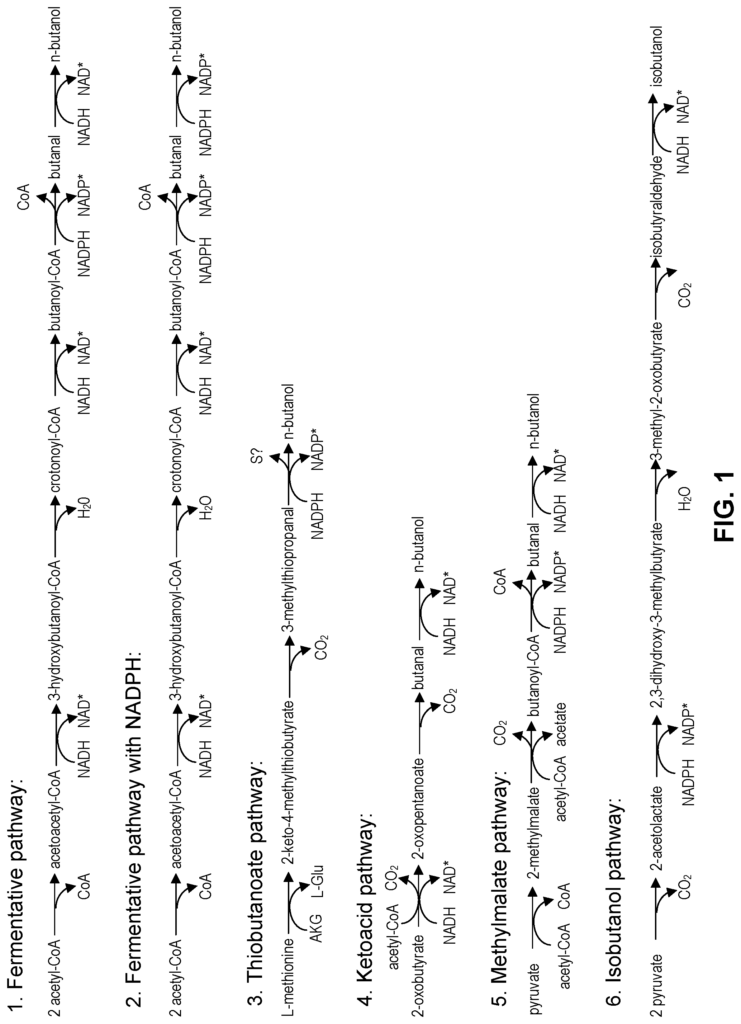
The Precigen Inc invention works as follows
Multi-carbon compounds, such as ethanol (or aliphatic alcohols with long chains), fatty acids methyl esters (2,3,butanediol), and other aliphatic alcohols are important industrial chemicals that have a wide range of applications. The present invention provides metabolically-engineered host microorganisms that metabolize CH4 as their sole source of carbon to produce multicarbon compounds used in fuels, such as bio-fuels, biodiesel, and biobased chemicals. The invention also uses metabolically engineered microorganisms that use methane (CH4) as their sole carbon source to mitigate the current industry practices of producing multicarbon compounds using petroleum or petroleum-derived materials, and alleviate much of the ongoing loss of farmland. Currently being diverted for the production of biofuel feedstocks and, as such, improves the environmental footprints of future biofuel, biodiesel, and biobased chemical compositions.
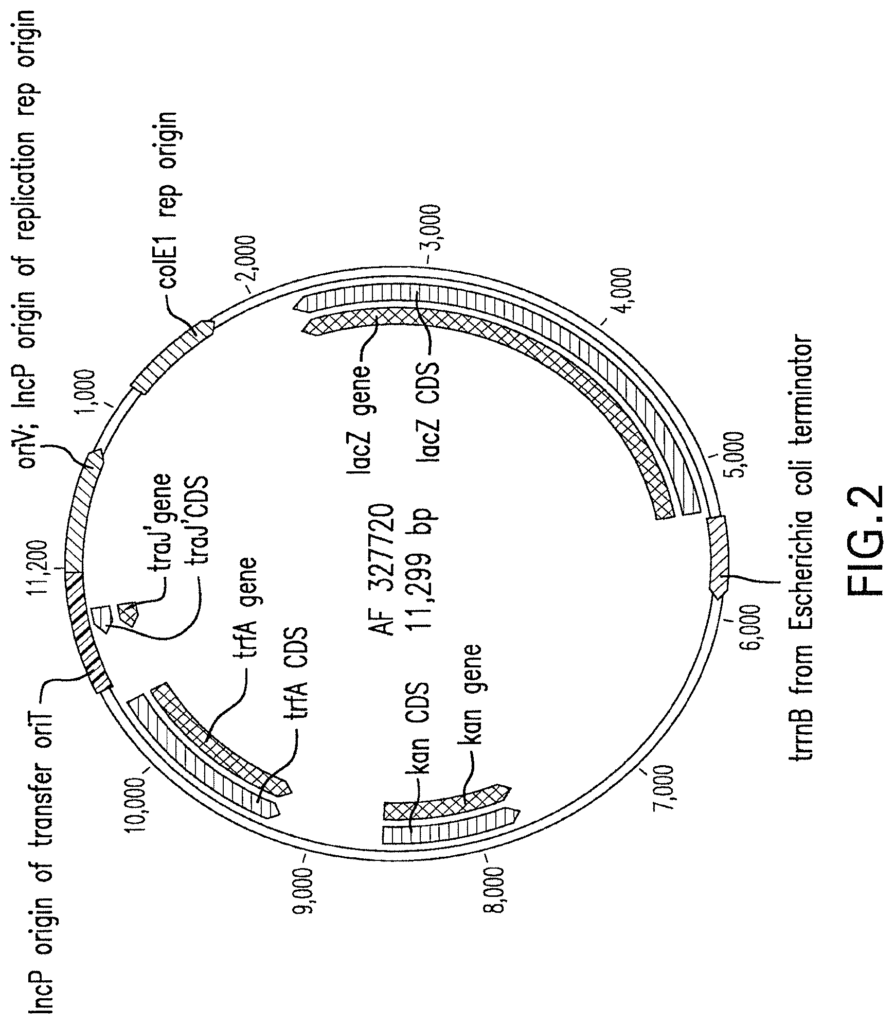
Background for Biological Production Of Multi-Carbon Compounds From Methane
Field of Invention
Background Art
Bioconversion of Methane into Multi-Carbon Compounds
EXAMPLES
Example 1
Biosynthetic production of isobutanol derived from methane
Gene Synthesis, Cloning and Selection
Vector Inserts
Expression of the Full Five-Gene Pathway for Methane-to-Isobutanol Conversion
Conjugations
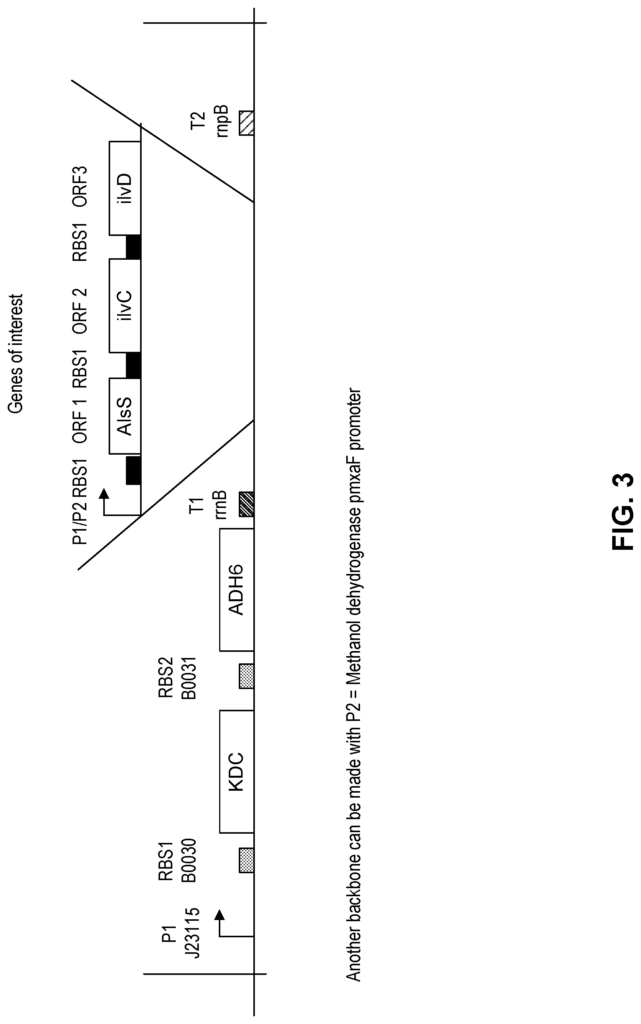
GC-FID Analyses for Isobutanol
Example 2
Biosynthetic production of 1-butanol from Methane”.
Vector Backbones
Vector Inserts
Example 3
Biosynthetic production of Fatty Alcohols From Methane
Construction and use of methanotroph plasmids for fatty alcohol production
Vector Backbones
Vector Inserts
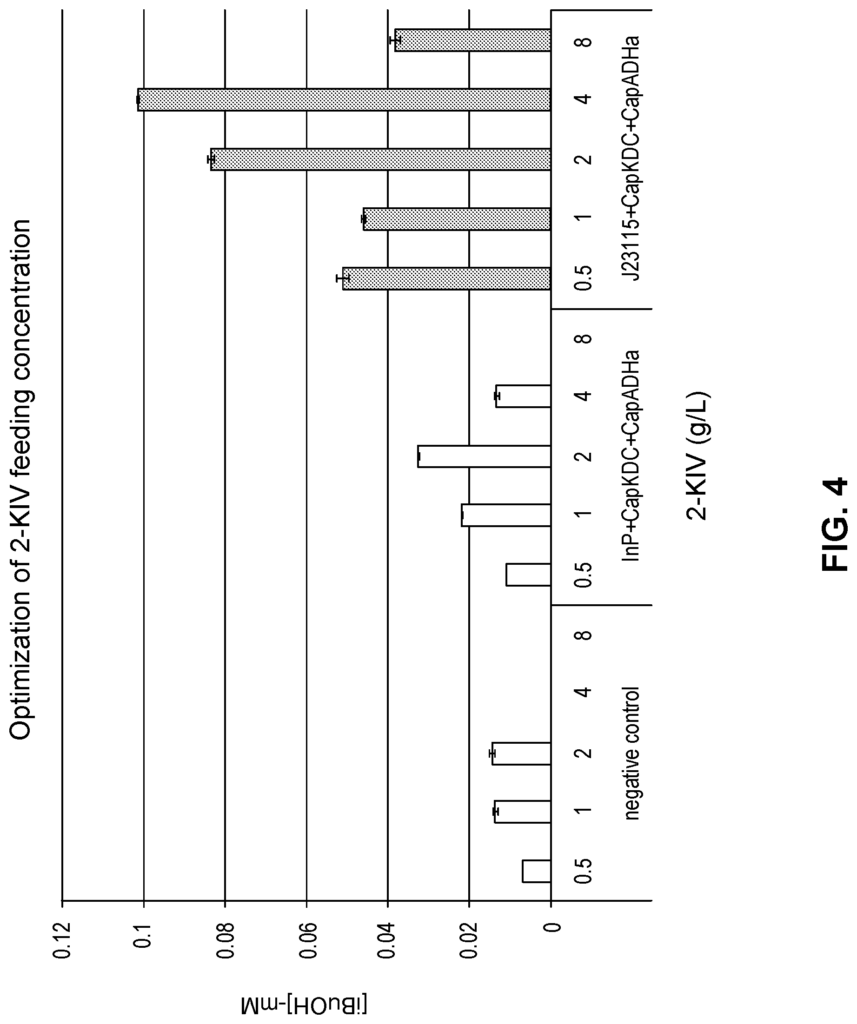
Assembly of the Constructs”.
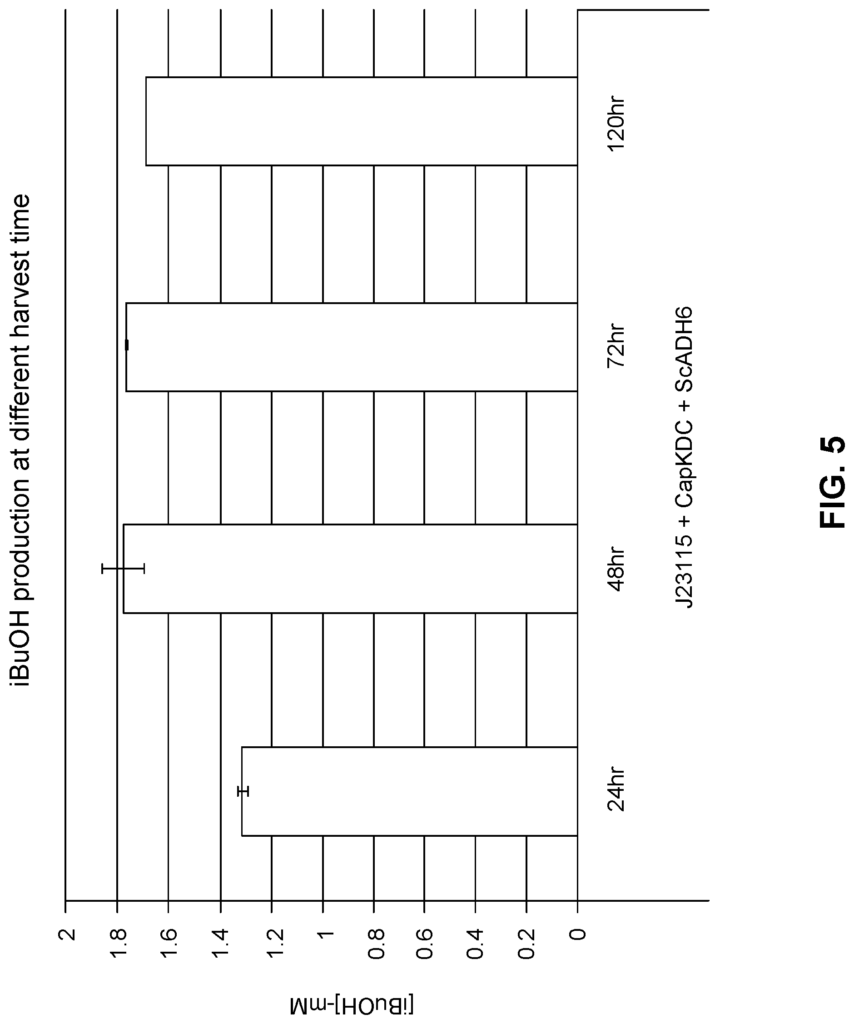
Click here to view the patent on Google Patents.
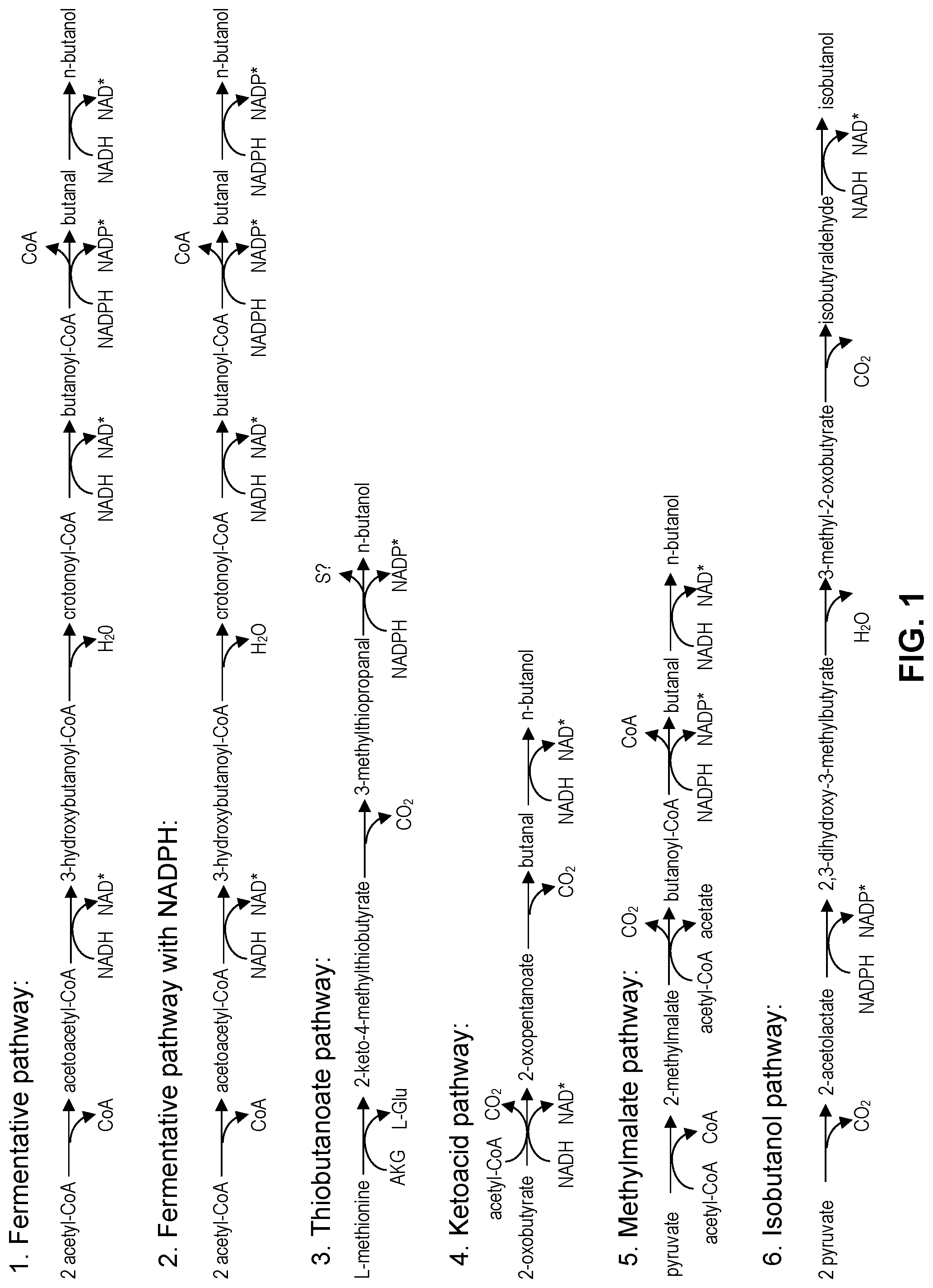
Leave a Reply